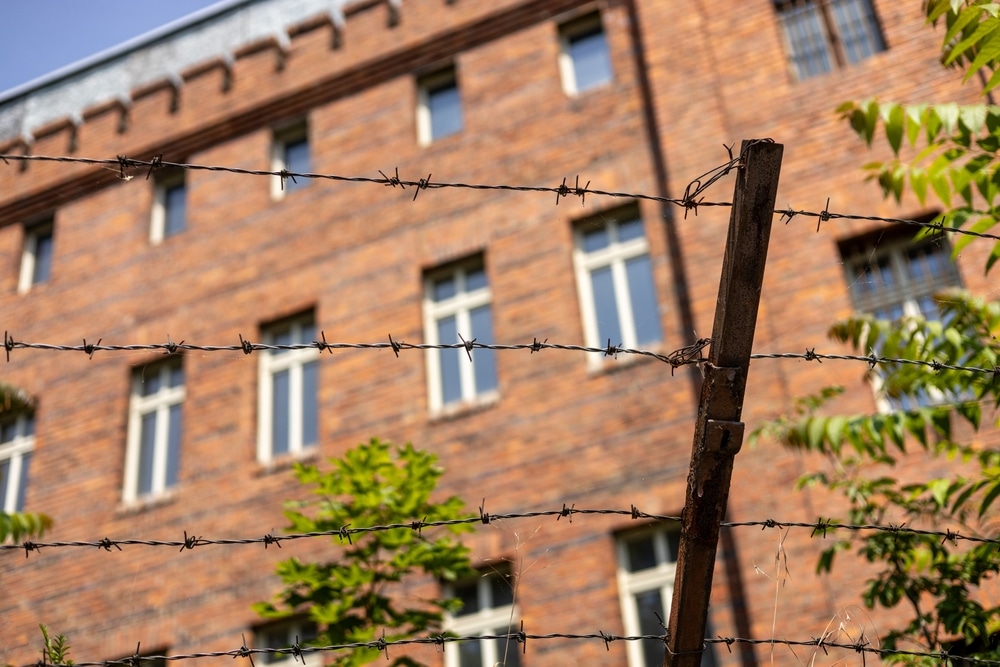Alongside constant interventions, journalistic controversies and legislation on Justice, the context of Italy’s juvenile prisons remains at the margins of discussions. Yet in the past 12 years juvenile crime has increased by 15.34 percent. Not to mention petty crime, which is now hardly reported to the police force.Reports of juveniles between the ages of 14 and 17 being reported and arrested have grown from 28,196 in 2010 to 32,522 in 2022. Despite a 14.09 percent decline between 2015 and 2019, 2021 saw a slight increase of 3.27 percent over 2019. 2022 saw almost the same level as 2013, showing the persistence of the phenomenon and highlighting the need for targeted interventions to counter it.
Emergenza o Tendenza
This is not an emergency in the traditional sense, something that suddenly surfaces and requires an immediate and temporary response focused on visible effects. Rather, it is a trend, an ongoing phenomenon that requires a study of the roots of the problem. If judging quickly and with no possibility of change is a sterile operation, understanding instead means restoring meaning to the phenomenon, opening the door to paths of inclusion and prevention. On the other hand, a systemic and long-term approach is therefore needed, involving third-sector entities, families, institutions and civil society, in an attempt to reverse the current negative trend.
Rivolta o Protesta
When juvenile offenders feel they are not being heard, they should be able to react to the wall of silence, despite being deprived of their liberty. Recently, at the Beccaria juvenile prison in Milan, some detained boys refused to return to their cells by banging on the bars.We are referring to a facility where 21 prison police officers were accused of mistreating detained boys, violence that had been going on for at least two years. To call the banging on the bars of the cells a riot is to fail to clearly communicate what happened, that is, a demonstration of dissent, returned within a few hours. A protest that reveals a deep distrust of the state and widespread malaise among young inmates, motivated by poor living conditions in overcrowded prison facilities lacking decent services. Representing the facts as a riot severs the dialogue with the young people and can lead to justifying the activation of laws of a merely punitive nature, with disproportionate punishments designed only to repress these events.
Ragazzi colpevoli o adulti responsabili
Minors, so susceptible to the negativity around them, need to experience a “good enough adult world,” as psychoanalyst Donald Winnicott suggested. However, today’s reality reveals a collapse of social pillars such as family and school, with significant cracks undermining their ability to provide support and guidance to young people. Families often find themselves oscillating between two extremes: on the one hand, absence in which children’s needs are neglected and affective relationships are lacking; on the other hand, hyperpresence, characterized by excessive satisfaction of concrete needs and anticipation of children’s desires. This type of dynamic prevents the development of a solid emotional balance, fostering emotional dysregulation in young people, making them vulnerable and prone to deviant behavior.
Punitivo o riabilitativo
Two alternative perspectives of thought emerge in the policy debate regarding interventions for juvenile offenders. On the one hand, the rehabilitative model argues that intervention programs should provide the necessary tools to direct this population toward positive outcomes after contact with the criminal justice system. On the other hand, the punitive model suggests that through the implementation of harsher sanctions for juvenile offenders (such as incarceration), there is a more concrete possibility of correcting their behavior and deterring new criminal acts by providing them with a concrete opportunity to learn from the consequences of their actions. At the empirical level, it seems clear that the rehabilitative approach, as opposed to the punitive approach, is more promising in generating positive change. The detention environment does not appear to be the optimal solution for reducing deviant behavior, as it is poorly reconciled with youth developmental needs. Detention reinforces the status of offenders’ separation from society, facilitating the persistence of antisocial behavior.
This rehabilitative direction, then, is not only an act of humanity and an alternative that the state must offer young people, in compliance with Article 27 of the Constitution, which states that punishment should “tend to the reeducation of the convicted person”; but it also represents a reason for public safety and long-term protection of our civilized society. As Francesca Fagnani argues, “It is good for everyone if a young person who enters a penitentiary institution as a drug dealer, robber or whatever, once he or she gets out, changes jobs.”
Here we highlight the complexity of the issue: it is not easy to come up with one-size-fits-all solutions when the issue is so multifaceted that it is subject to different interpretations and thus [P1] different actions to be put in place.First of all, it is a priority to listen to experts who have been dedicated to child care and justice for years. These people, often overlooked despite their direct experience, offer a mature and informed perspective. They also put the child at the center, something that the law-such as the Caivano Decree-or even families do not always do.
The key point is perhaps another: to address such complex issues, the solution cannot come from a single entity or a single program, but requires the synergistic collaboration of different actors with different skills. It involves activating a multidisciplinary social inclusion pathway, harnessing the complementary skills of various actors (nonprofit organizations, accredited labor and training agencies, communities, USSM, ATS …) geared toward the common goal of enabling each youth to detach from the deviant personality, creating a new self-image and perspective for the future. The high road is found through the possibility of constructing new words and actions for oneself, coming out of the dictatorship of youth gangs with an indirect listening of words and ideas (a didactic as in Socrates) in environments useful in forming an awareness of the self, an inner dialogue that juveniles have not had the opportunity to construct and define, useful in assessing the consequences of crimes and the value of non-transgressive behavior.
For social fragility profiles, therefore, a twofold long-term goal is essential: not only to move away from the criminal circuit, but also to build a pro-social identity for the child.
The family environment emerges as one of the most important aspects to be addressed in inclusion pathways, achieving effective results in containing the risk of recidivism and increasing the rehabilitative potential of interventions for the young offender. The family represents the primary ground where values, norms and behaviors are learned for the youth. However, when the family model is compromised by negative or deviant dynamics, it becomes a significant risk factor for antisocial development. Therefore, rebuilding and reinforcing a positive family context is a pivotal element in reintegration, which requires targeted interventions on two fronts: interventions, with the involvement of the juvenile and his or her family, but also with interventions on the family alone. The former encourage the reconstruction of family ties and promote a perspective that reconfigures the crime as a manifestation of deeper dynamics, avoiding deresponsibilizing or excessively blaming attitudes. The second are focused on the fact that, in parallel with the evolution of the child’s path of change, there is a need for the family to adapt to these changes. The ability to accommodate the child requires adjustments in family dynamics and the establishment of new and more effective balances. The success of this approach depends on the training of those working in the field and, above all, on the cooperation of the families involved, which directly affects the success of reintegration programs and the ability of the young person to avoid repeating offenses.
Minors present multi-demands, affecting both physical health and mental health. Restoring good mental and physical health is an essential condition for accessing future opportunities, such as employment, education and housing. Interventions focused on addiction management play a relevant role, addressing issues in both areas. With regard to mental health, specialized approaches such as cognitive behavioral therapy prove effective in providing immediate tools to reduce risk factors that may predispose to criminal behavior.
Finally, education and training play a key role in the reintegration of the child: not only do they provide useful skills for the world of work, but they also help reduce feelings of isolation and boost self-esteem, all of which converge to build a prosocial sense of self.
SourcesChitsabesan, P., & Bailey, S. (2006). Mental health, educational and social needs of young offenders in custody and in the community. Current Opinion in Psychiatry, 19(4), 355-360.
Pappas, L. N., & Dent, A. L. (2023). The 40-year debate: a meta-review on what works for juvenile offenders. Journal of Experimental Criminology, 19(1), 1-30.
State Police. (2023). Juvenile crime in Italy 2010-2022. Department of Public Security. https://www.poliziadistato.it/statics/10/criminalita-minorile-in-italia-2010-2022.pdf
Tarolla, S. M., Wagner, E. F., Rabinowitz, J., & Tubman, J. G. (2002). Understanding and treating juvenile offenders: A review of current knowledge and future directions. Aggression and violent behavior, 7(2), 125-143
Van Dooren, K., Richards, A., Lennox, N., & Kinner, S. A. (2013). Complex health-related needs among young, soon-to-be-released prisoners. Health and Justice, 1, 1.
The article Juvenile and youth offenders: complex problems and recovery comes from TheNewyorker.

